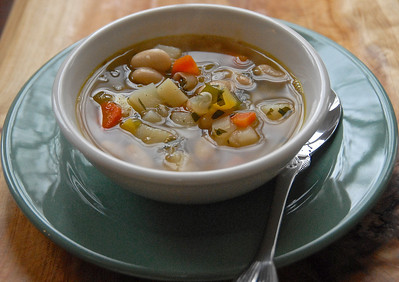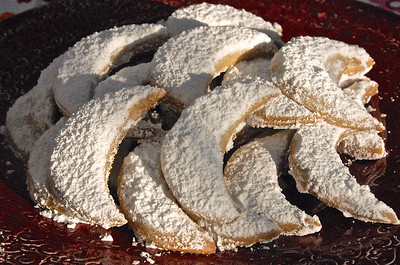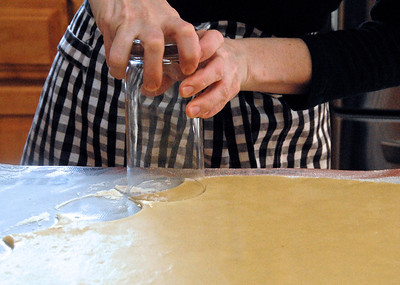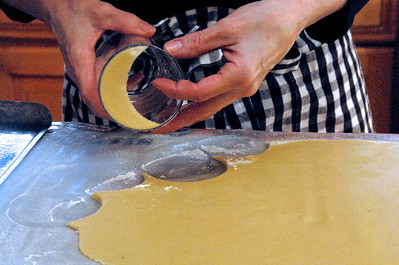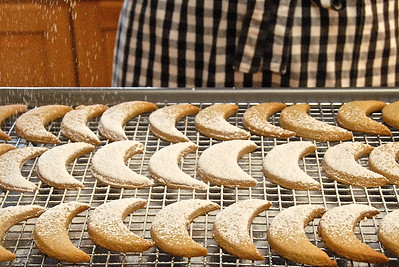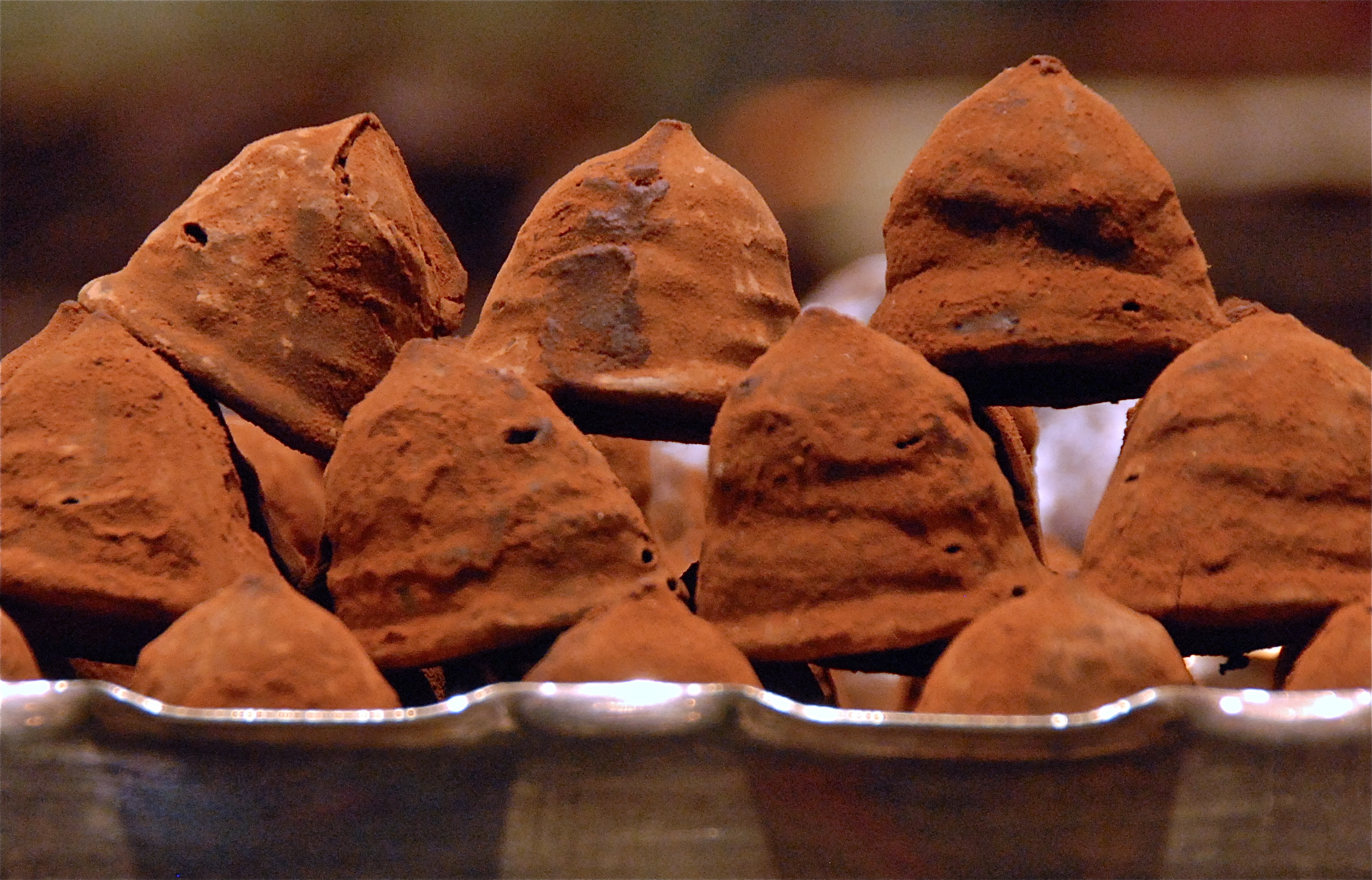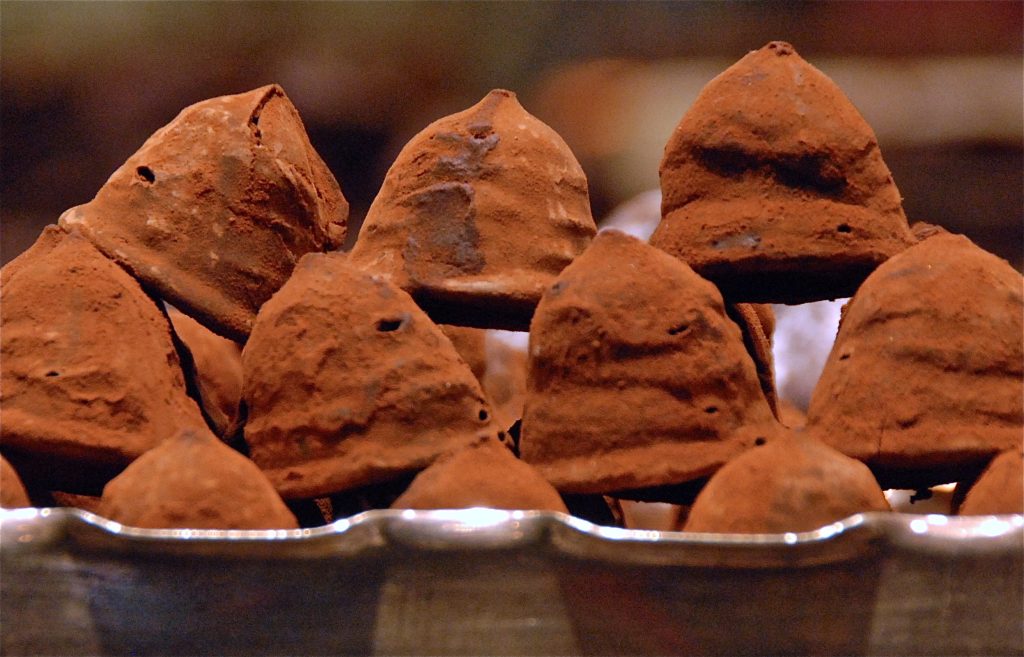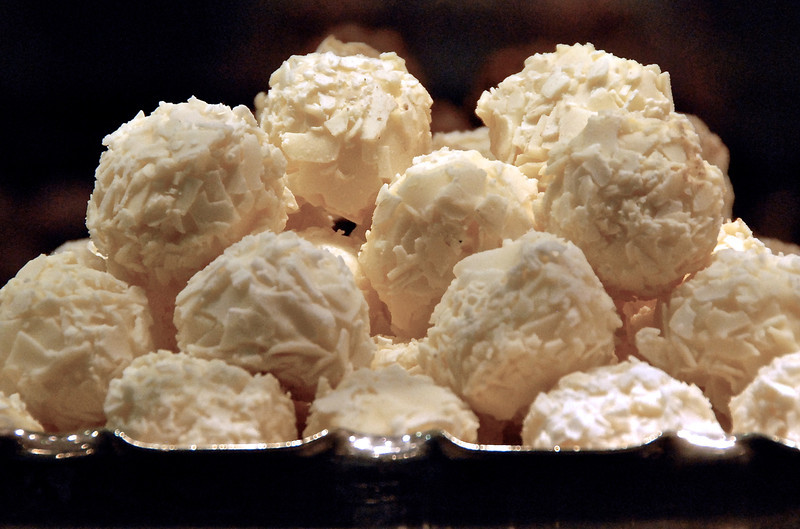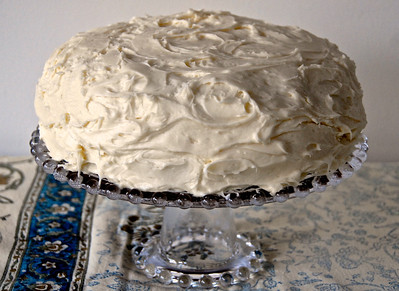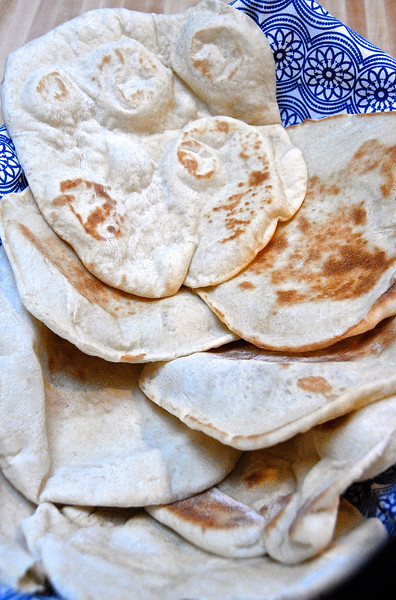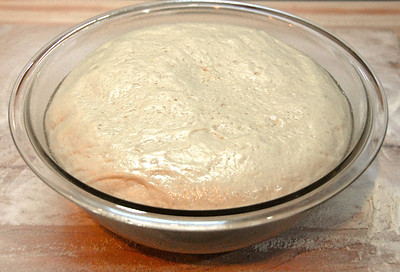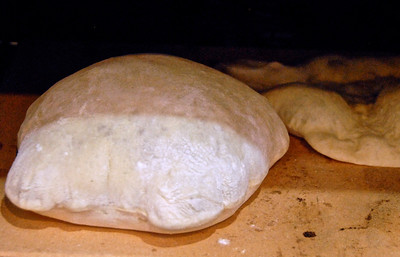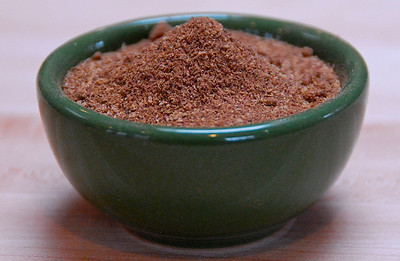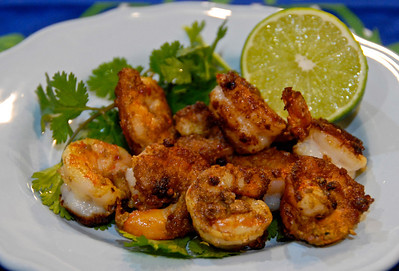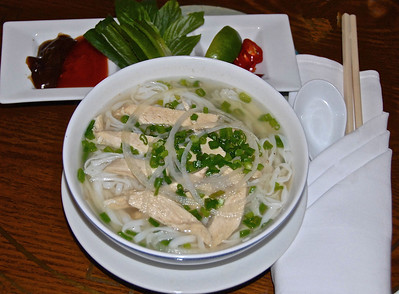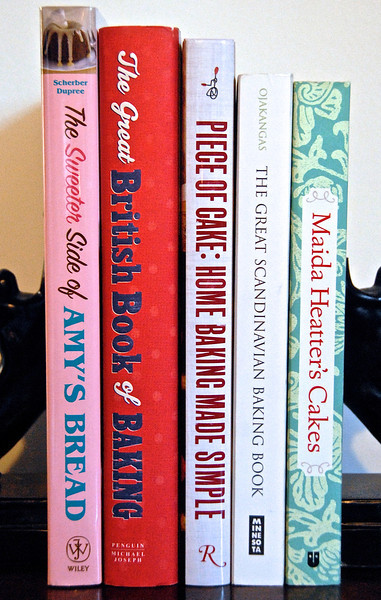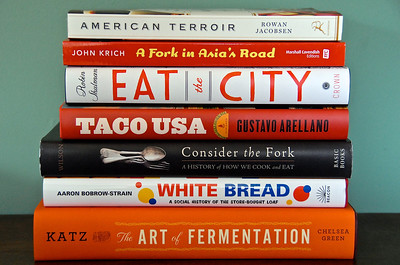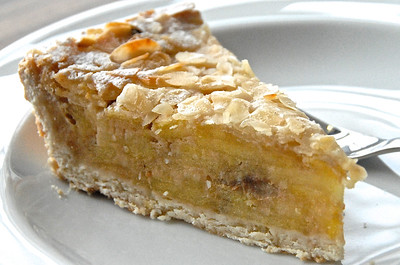
One of the many things that I love about travel is how it opens my eyes to other cuisines. Prior to a recent trip to Switzerland, I hadn’t considered how the country’s cooking has been influenced by its proximity to Germany, France and Italy. Then I traveled to Geneva and beyond and started ordering from Swiss menus. Alongside the expected Swiss fondue, raclette and roesti were Italian pizzas, French tarte tatins and German pretzels and kuchens. Not exactly what I had imagined when I thought of Swiss food.
While in Switzerland, I did have a ridiculous number of meals featuring locally produced breads and Appenzeller, Gruyere and Emmental cheeses. Although I could happily eat bread and cheese seven days a week, I needed to balance out the abundance of these dairy-based dinners. Forget Swiss muesli, cabbage salads or barley soup. I went straight to the country’s fruit-filled offerings. Out of the myriad of fruit treats available, my favorite was the German-inspired apple kuchen.
In Germany kuchen means cake. In Switzerland it refers to a sweet laden with fresh fruit — often apple — and blanketed with toasted almonds and/or confectioner’s sugar. Depending upon the region or canton in which I was, apple kuchen may or may not have been yeast-based. In some places it resembled a pie more than a cake. A few kuchens even contained a layer of cheese or custard beneath sliced or pureed apples. As I craved lighter, uncomplicated sweets, the cheese or custard seemed like overkill but that didn’t stop me from eating them.
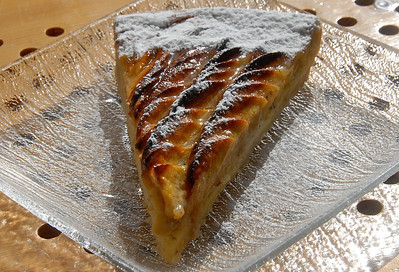
Apple kuchen in Zermatt. More like a tart than a cake but still delicious.
Back at home I’m now experimenting with my own apple kuchen recipe. The following features the best of what I enjoyed in Switzerland — layers of thinly sliced apples infused with sugar and a splash of lemon juice and topped with a thin crust of lightly toasted almonds and dusting of confectioner’s sugar.
APPLE-ALMOND KUCHEN
Although this is lovely at room temperature, I actually prefer to eat it chilled, straight out of the refrigerator. The choice is yours.
Serves 8
1/2 cup whole blanched almonds
1/3 cup plus 1 teaspoon granulated sugar
3/4 cup all-purpose flour
1/2 cup (1 stick) unsalted butter, at room temperature
1/4 cup almond paste
2 1/4 pounds (5 to 6) Granny Smith or other moderately sweet, crisp apples, peeled, cored and thinly sliced
1 tablespoon lemon juice
1/2 cup sliced almonds
Confectioner’s sugar, for garnish
Preheat the oven to 350 degrees Fahrenheit. Grease and flour a 9″ x 2″, round cake pan and set aside.
Place the whole almonds and 1 teaspoon sugar in the bowl of a food processor and process until finely ground. Add the flour and pulse to combine. Add the butter and almond paste and process together until a crumbly dough forms.
Remove the dough from the bowl and press it into the cake pan, evenly covering the bottom and sides. Bake for 5 to 10 minutes, until the crust has set. Remove from the oven to cool.
In a large bowl toss together 1/3 cup sugar, apples and lemon juice. Layer the fruit over the crust, pressing down on the apples so that they all fit into the pan. Bake for 30 to 40 minutes, until the crust has browned and the apples have softened.
Remove the kuchen from the oven. Spread the sliced almonds over the top. Bake for another 15 to 20 minutes, until the almonds have turned golden brown. Cool completely on a wire rack. Dust with confectioner’s sugar before serving.
